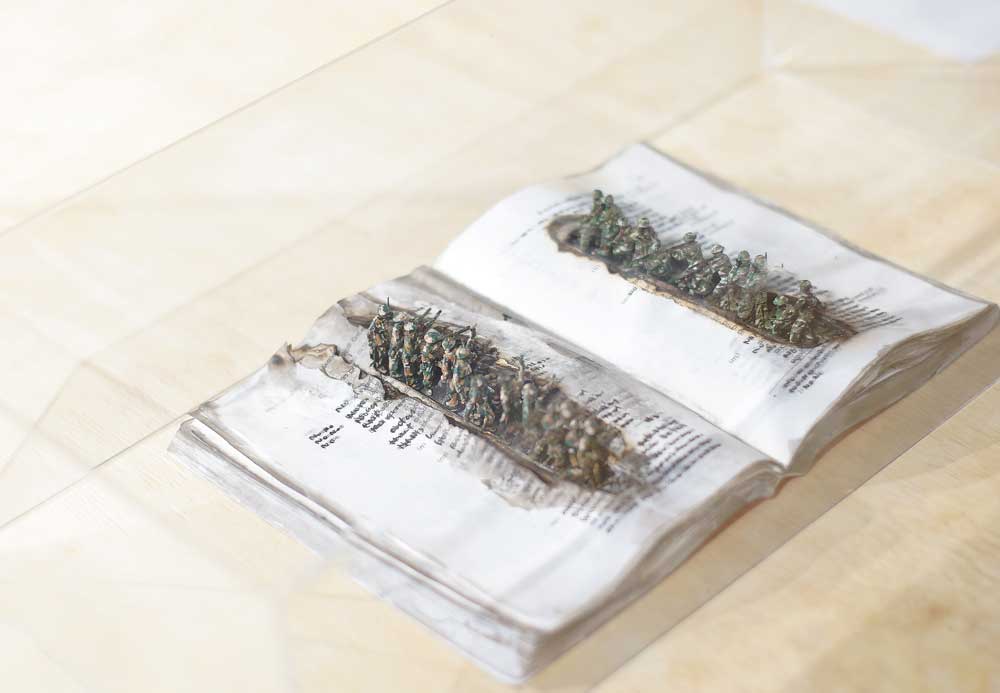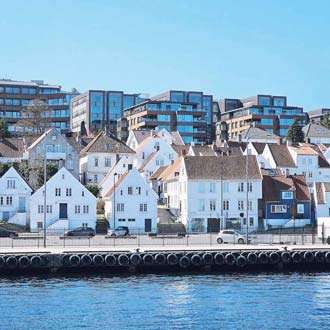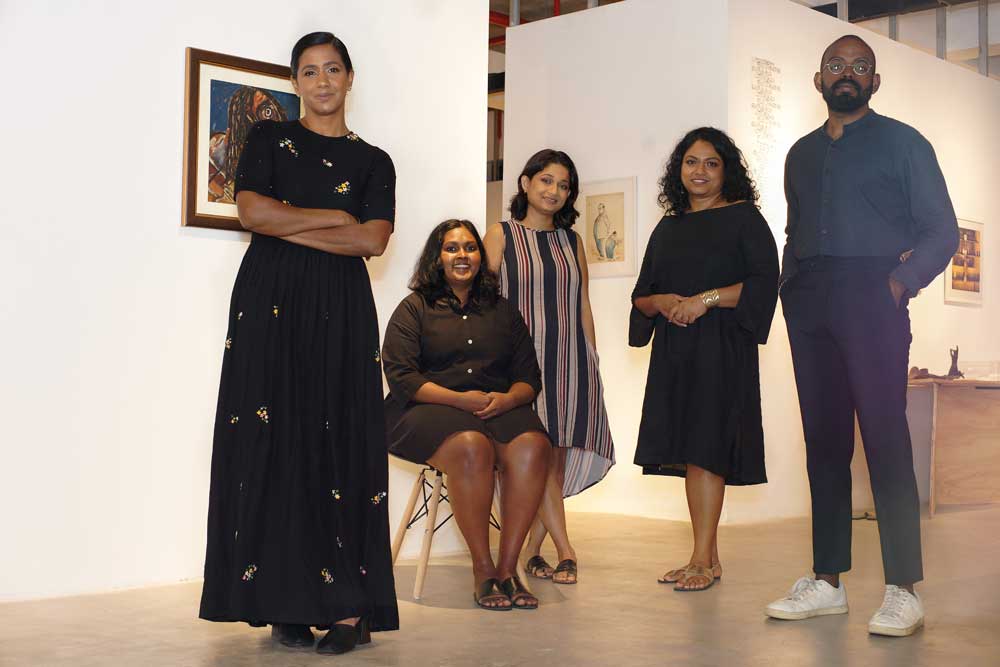
Words: Tina Edward Gunawardhana
Photos: Ashen De Sylaw
Hair and makeup: Omesh Wijeratne for You by wax museum
accepting the mantle as the curator of The newly established Museum of modern and contemporary art sri lanka, sharmini pereira is on a mission to make art accessible to everyone and to provide a platform for all artists from around Sri Lanka
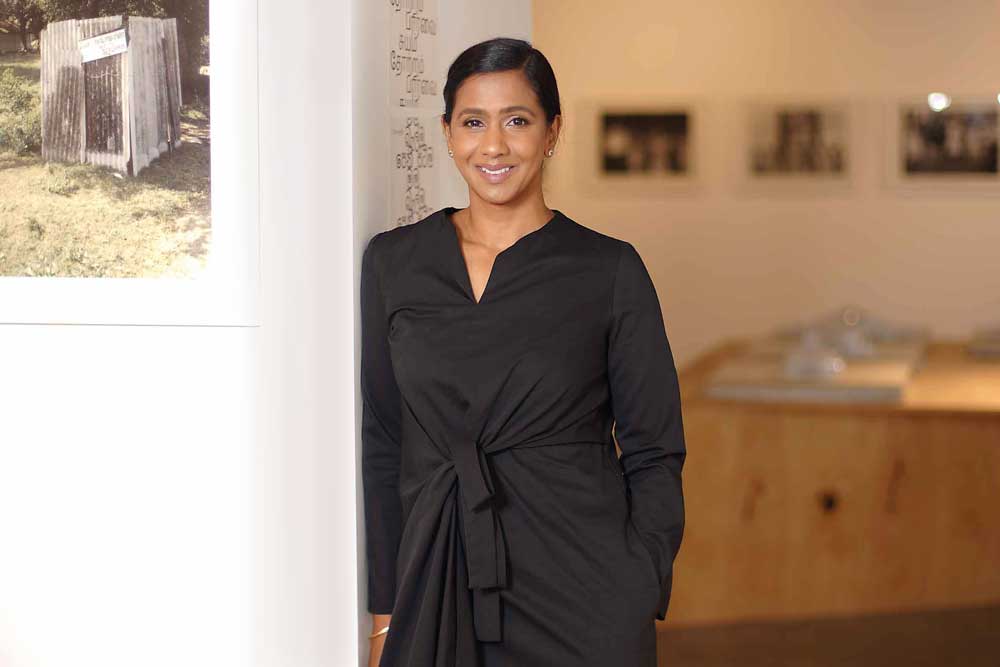
Along with the metamorphosis of the city of Colombo comes a new tide of change in the sphere of Arts. Recently the city witnessed the launch of The Museum of Modern and Contemporary Art
Sri Lanka, the first of its kind. Developed under the patronage of two eminent Sri Lankans, the museum situated on the 17th floor of the Colombo Innovation Tower is funded by the largesse of the John Keells Foundation and a clutch of other private enterprises. Many interesting personalities connected to the world of art, architecture and literature sit on the board of the museum steering it to be a place where art is accessible for all and more importantly providing a platform for modern and contemporary artists to showcase their work. As its curator the museum has engaged the services of Sharmini Pereira, an art historian, curator and publisher with a 26 year international track record of working with Sri Lankan artists. Her selected curatorial projects include exhibitions in Dhaka, Toronto, Dubai, Singapore and Sri Lanka. The creation of such a museum has filled a lacuna in the landscape of art in
Sri Lanka.
 |
 |
How long overdue was a museum such as this for Colombo?
We need to foster this moment of opportunity rather than think about it as being overdue. The more support we can get, the more likely it will succeed. The capital desperately needs a museum for those that live in the city and for those that visit.
How will this museum change the art scene in Colombo?
Museums take time to establish. Change will be gradual but far-reaching. We need to think of the change it will bring to conversations about careers between parents and their children where in a few years time a child might say when they grow up they want to work at The Museum of Modern and Contemporary Art Sri Lanka. That’s the kind of change that will make a difference.

What swayed you to become one of the co-founders of the museum?
I wanted to contribute my expertise and experience towards establishing something that would benefit the country as a whole.
The museum was inaugurated with an exhibition titled “One hundred thousand small tales”. What is it about?
On one level it’s about the ways in which artworks tell stories, on another level it’s an exhibition that tries to bring modern and contemporary art pieces into conversation with each other.
Your work has taken you to many galleries and museums overseas. How do you rate The Museum of Modern and Contemporary Art Sri Lanka with those?
It’s got off to a great start and has every chance of being as successful as the Guggenheim Bilbao if there is the support from artists, patrons and the public to make it all happen.
What is the main focus of the museum?
The main focus is on Modern and Contemporary Art from Sri Lanka.
What plans do you have for the museum going forward?
Our first task going forward is to find a permanent home.
Tell us about the curator’s tours you do every Sunday?
The curator’s tour is a must for anyone looking for something to do on a Sunday! My wonderful team also do tours which help audiences to engage with the art on display. We don’t expect people to walk in and know what they are looking at. This is why we have put together public programmes that are aimed at a cross section of age groups and why we also employ a brilliant team of Visitor Educators whose role is to help people find ways to engage with the content on show.
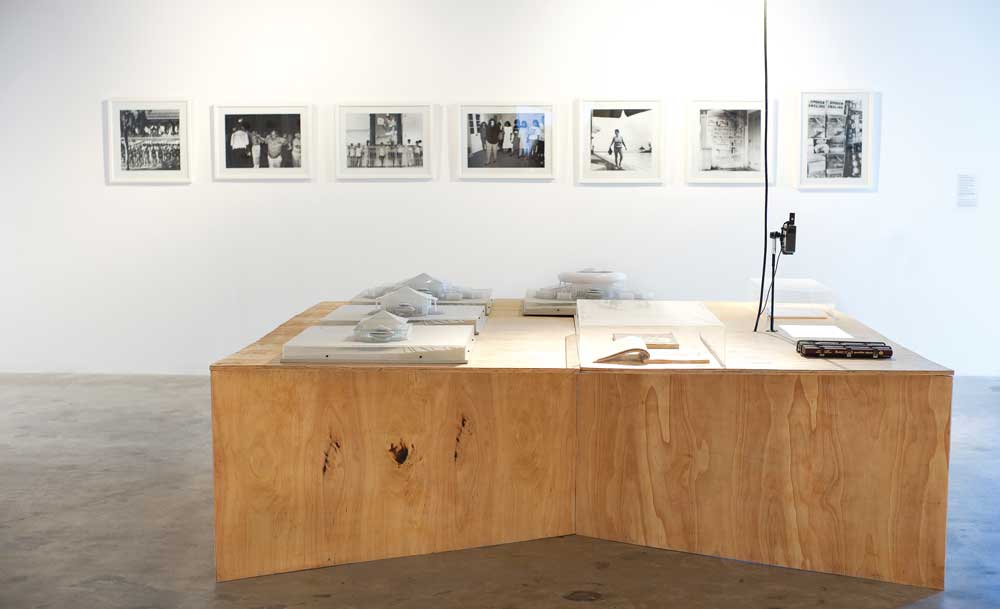
How do you plan to involve the next generation of artists with the museum?
By making the exhibition tri-lingual, free and relevant are some of the ways we want to involve the next generation.
The exhibitions are free. How is the museum funded?
Funding is from the John Keells Foundation with additional support from the Museum Committee and the sponsorship of the 17th Floor of the Colombo Innovation Tower who have provided us rent free, with a much needed venue from which to programme our first phase of activities towards making the museum a reality.
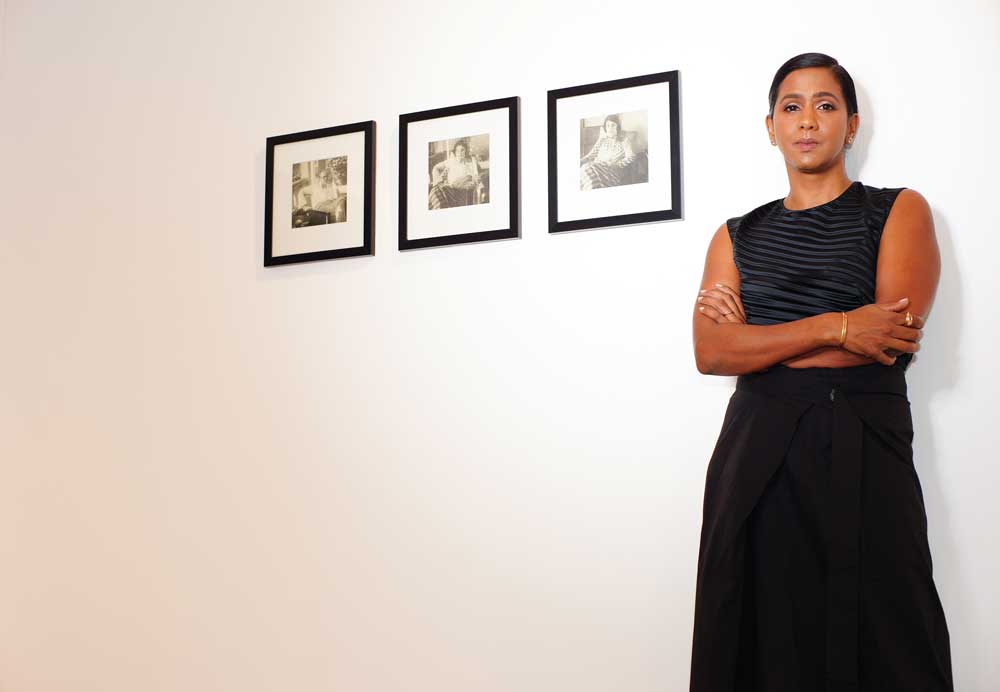
Art is viewed as an elitist pursuit in many parts of the world, Sri Lanka included. How do you plan to change this?
Creating a museum from scratch gives us a huge advantage because it gives us the chance to re-think what museums are and who they have served in the past.
There are many people with artistic talents in rural areas in Sri Lanka. How do you propose to integrate or attract them to the museum?
The museum should be relevant for everyone not just people in cities or rural areas. Targeting any one group always comes with problems of exclusion which is precisely what we want to overcome.
